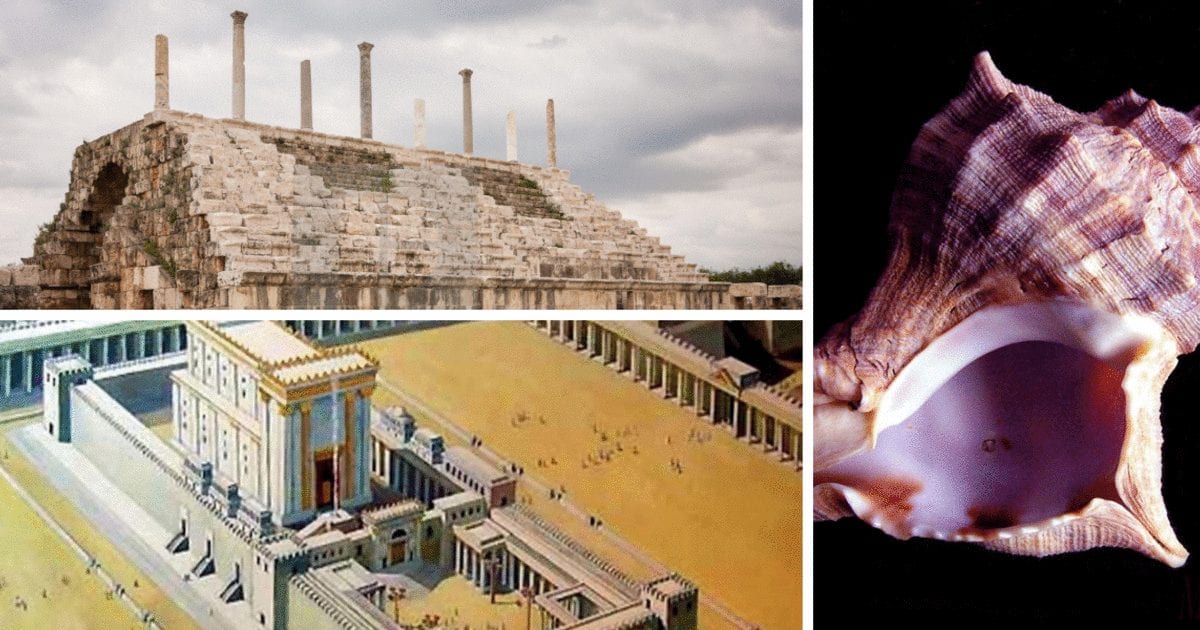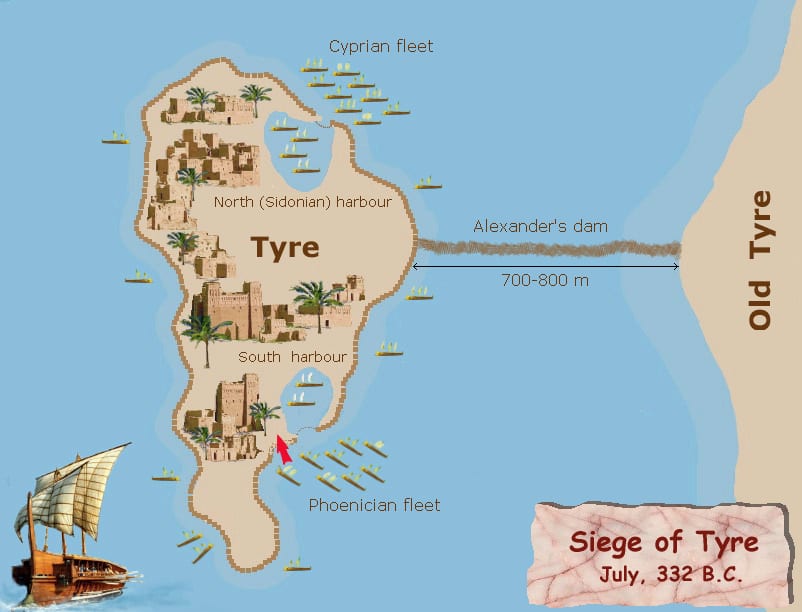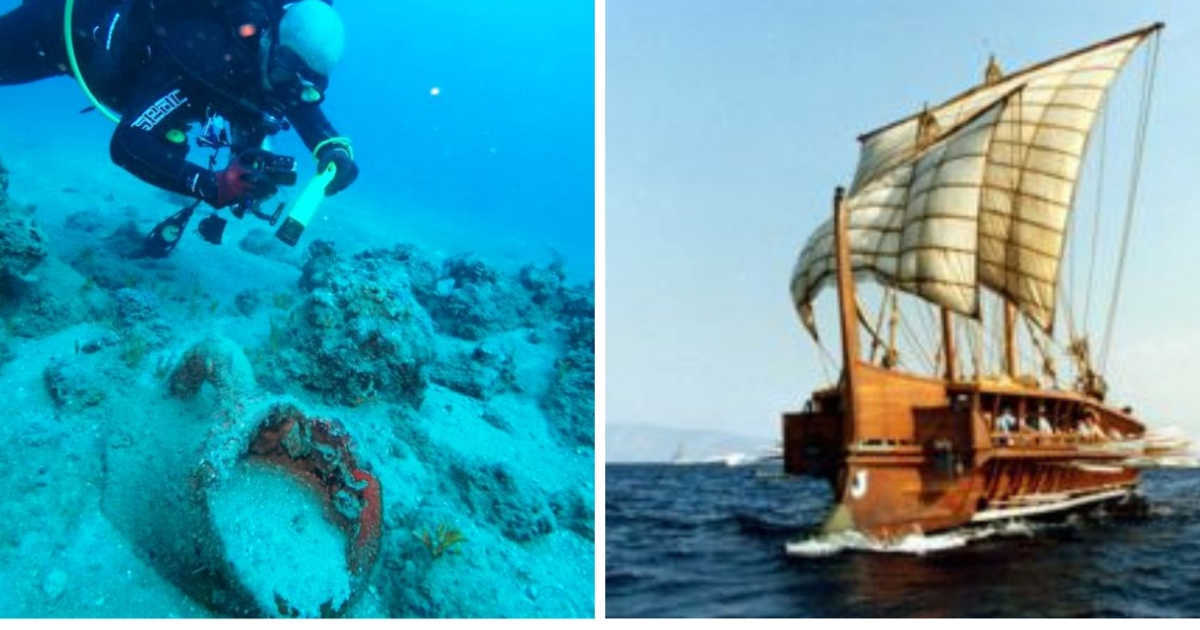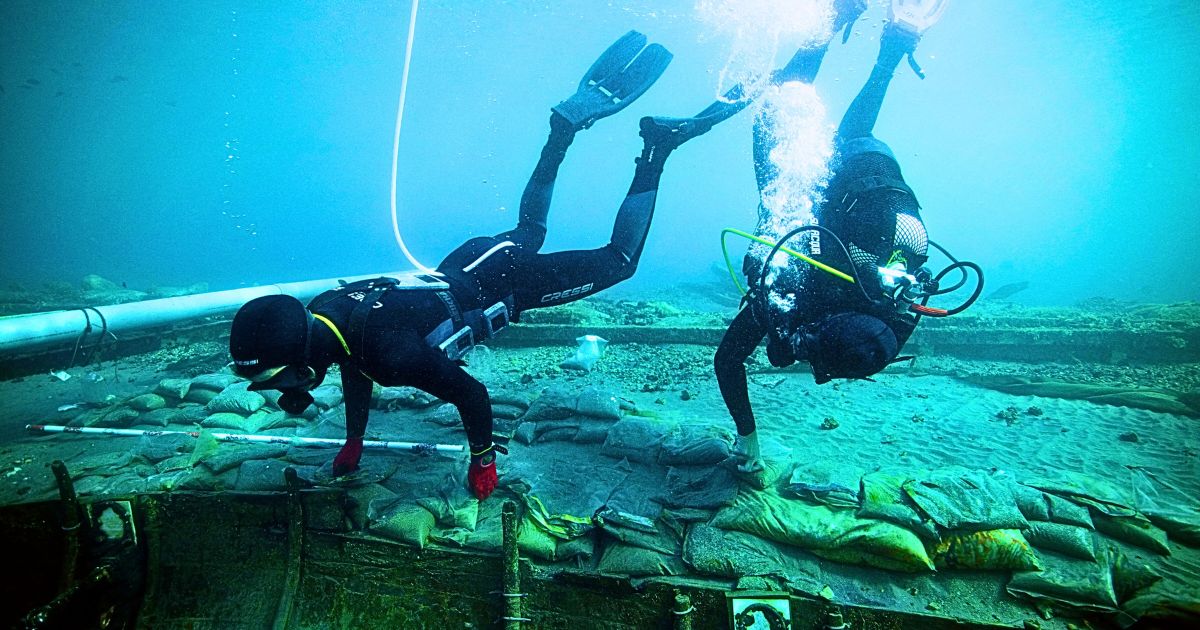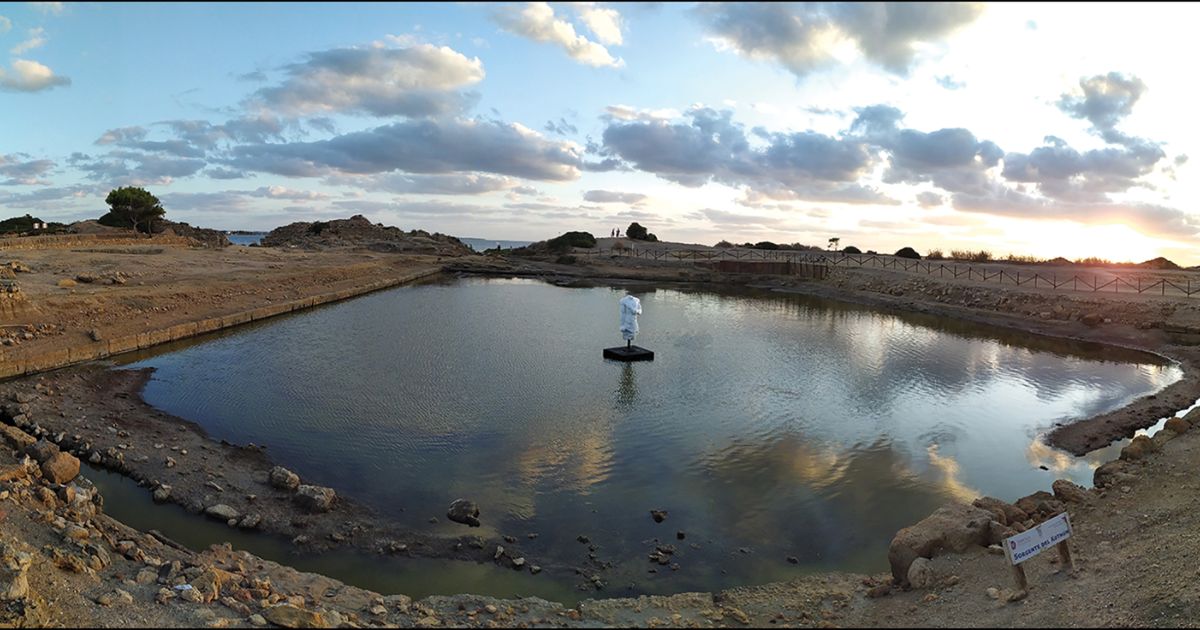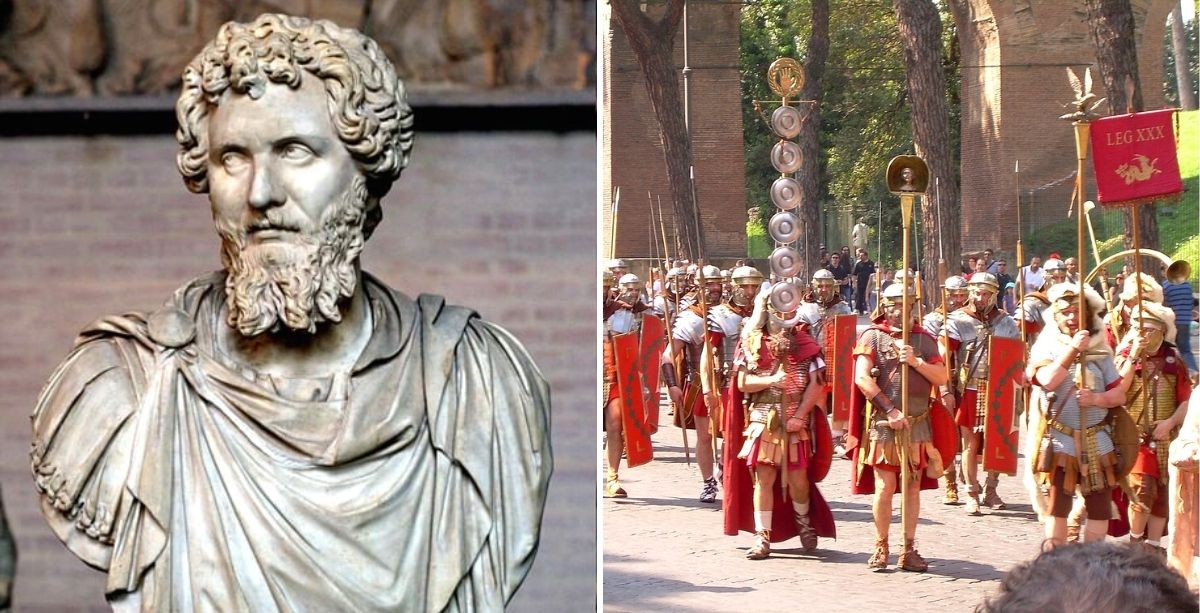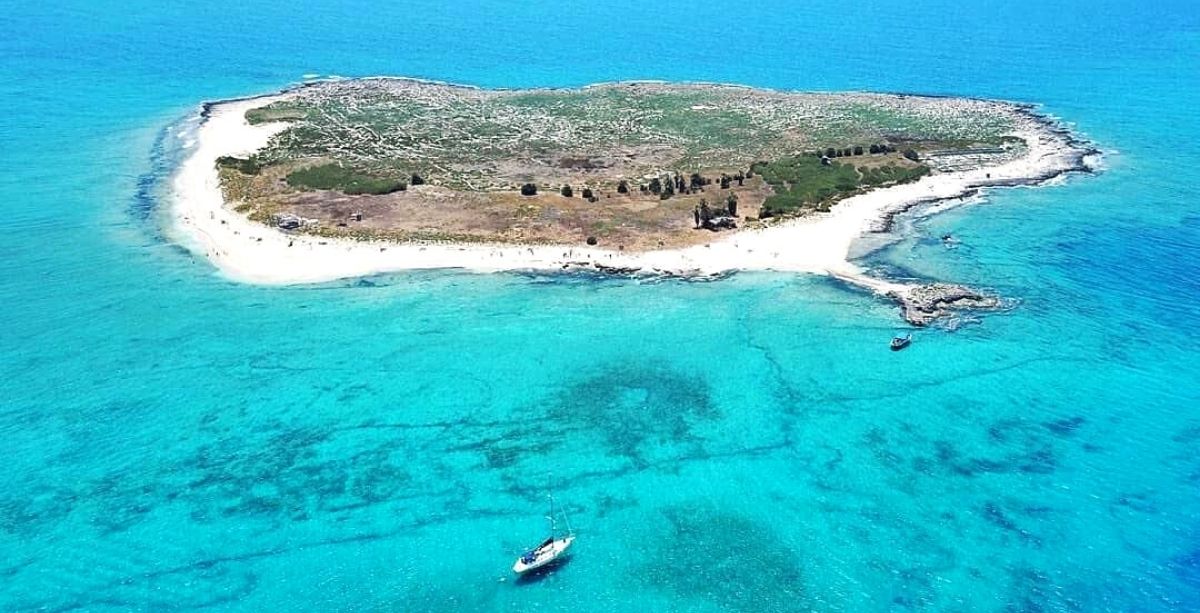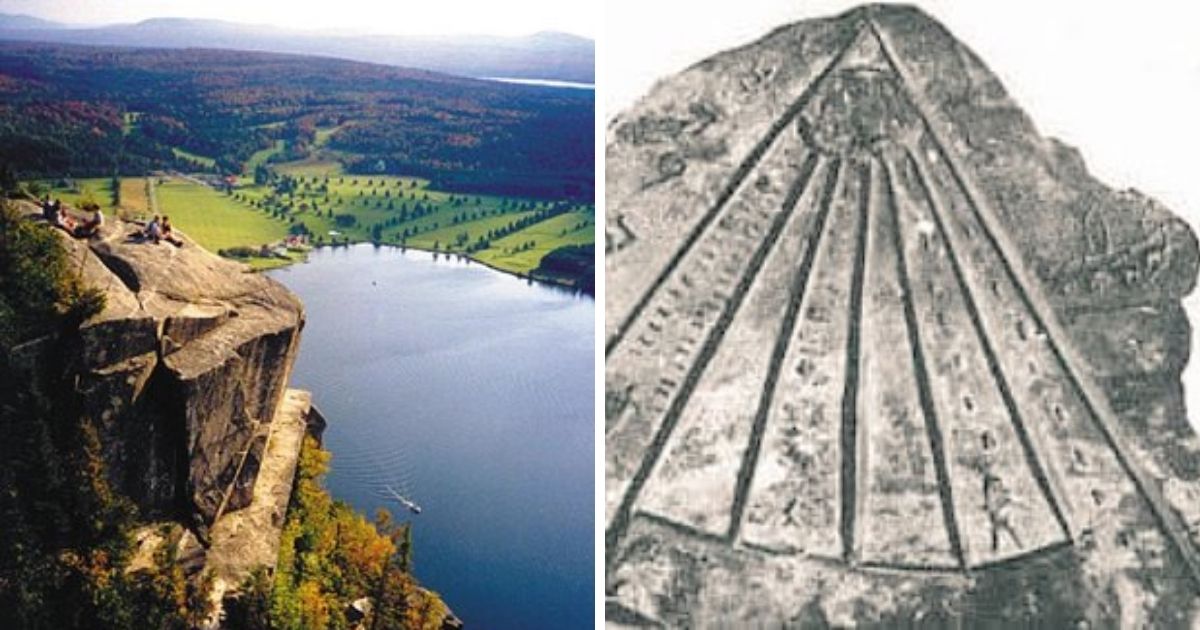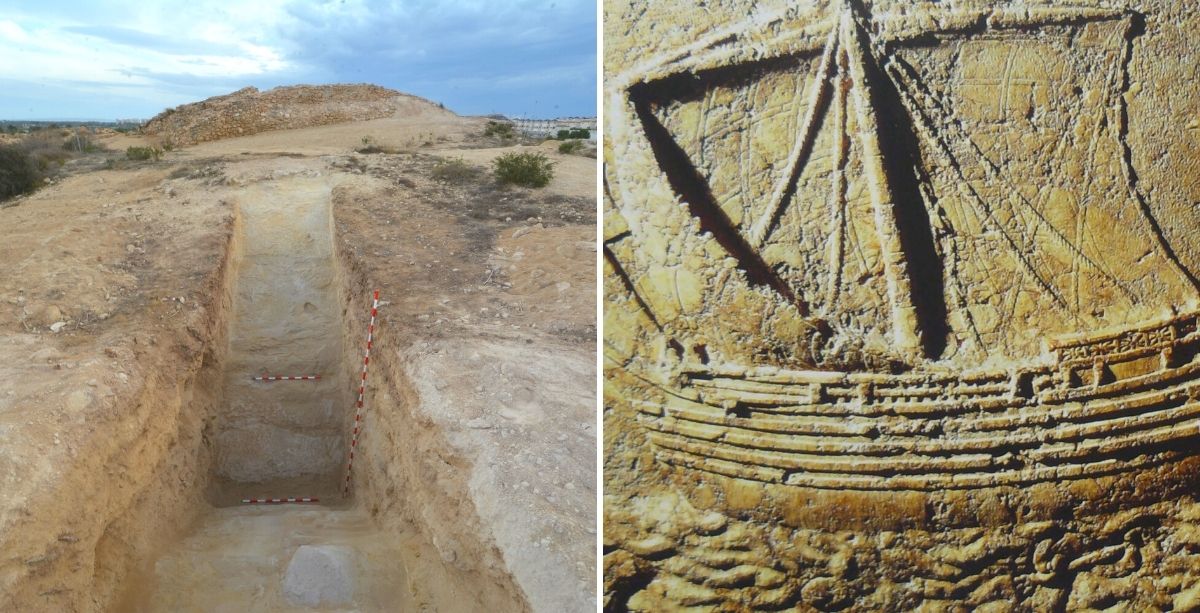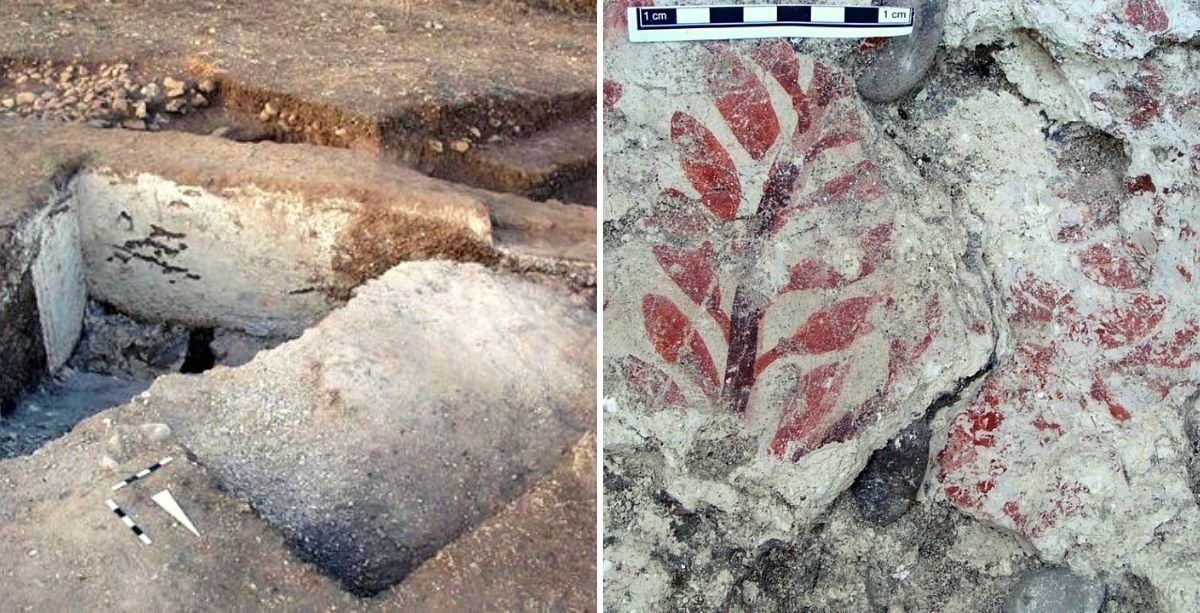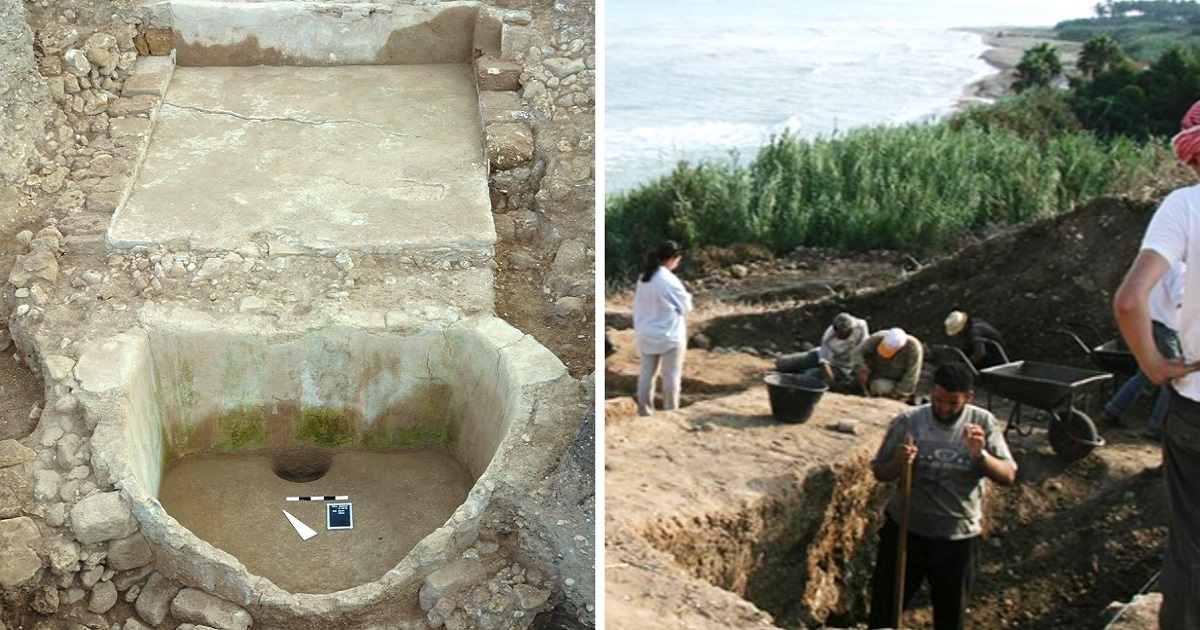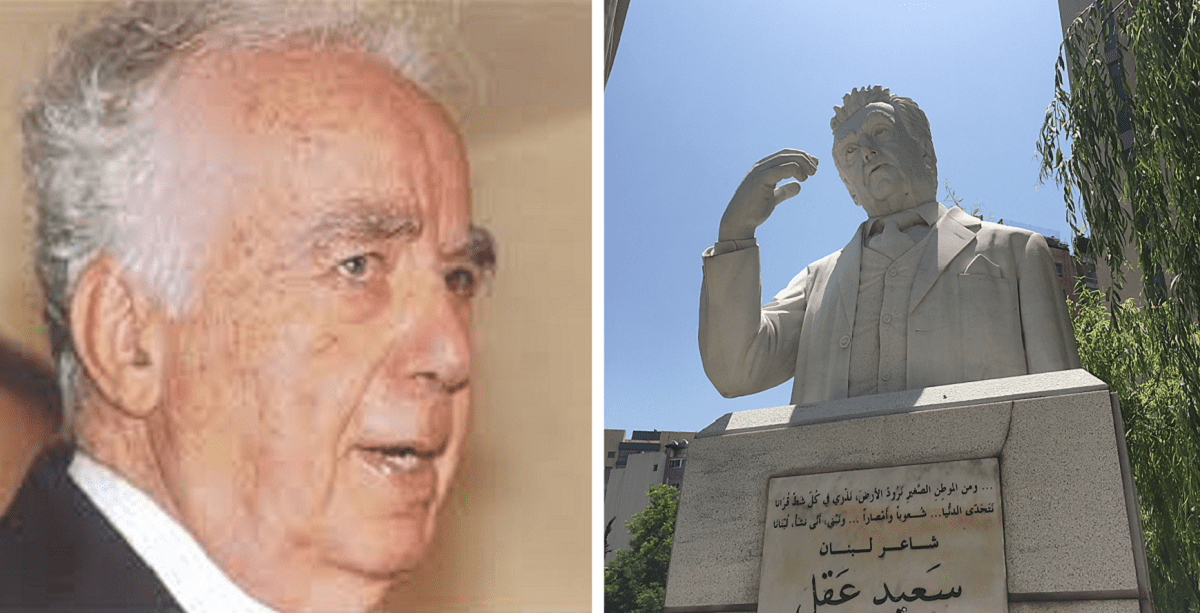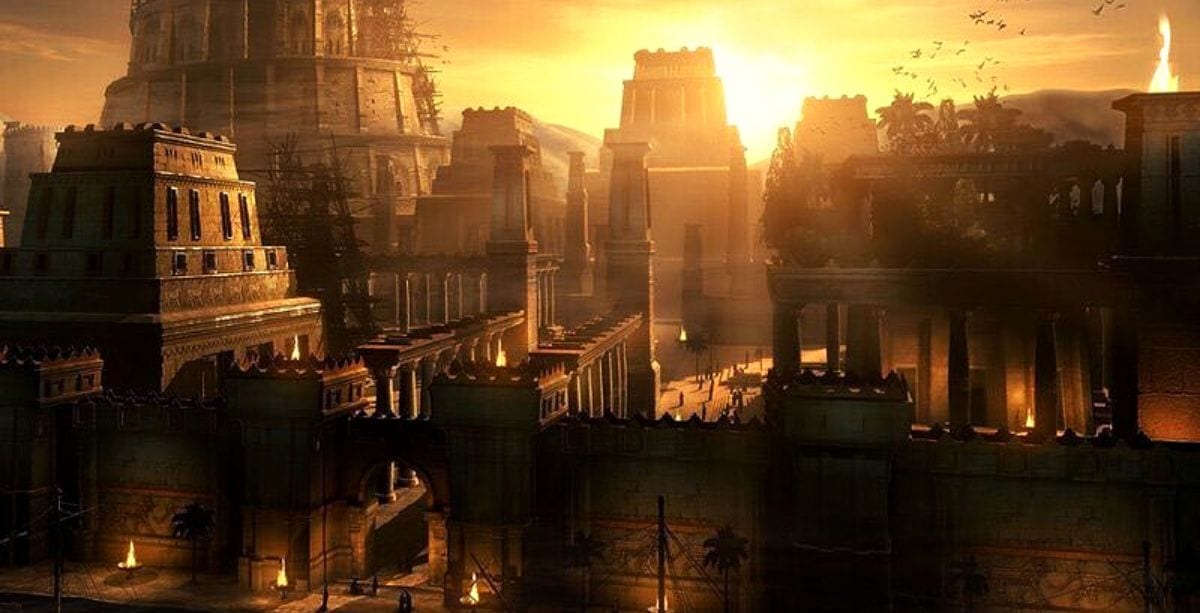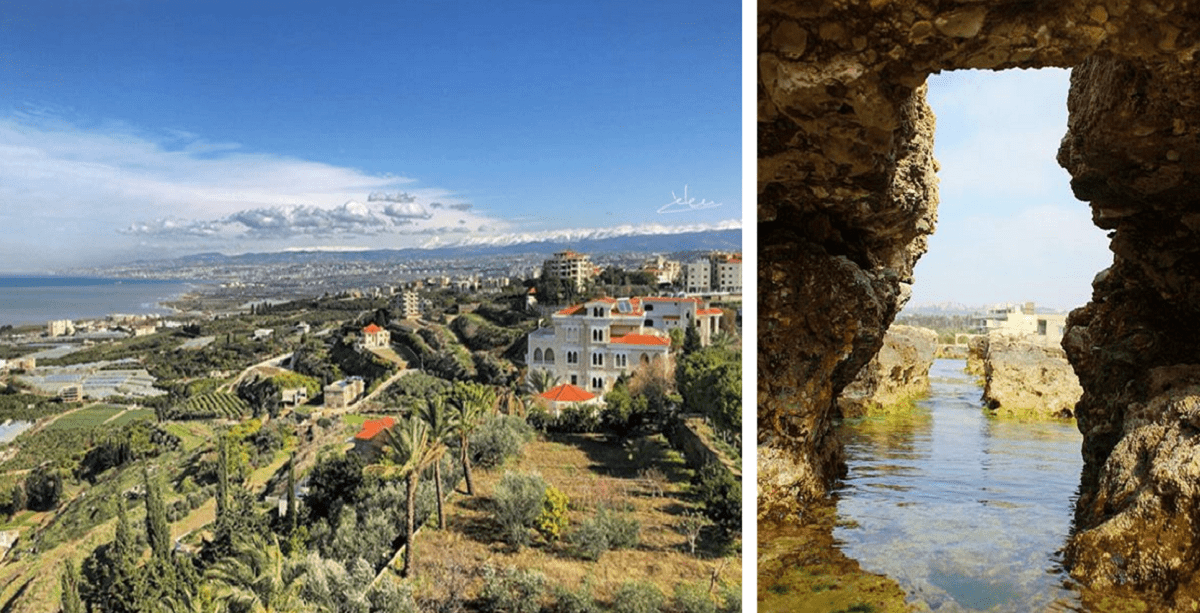Lebanon as a whole is an ancient land full of history, with many people passing through and leaving their marks.
Yet, the southern city of Tyre, in particular, has a very rich story, and this can be observed by the many ruins that are found there.
If you’ve ever wondered about Tyre’s history, this is what you need to know:
According to the Ancient History Encyclopedia, Tyre began as a Phoenician trade center with a neighboring island off the coast and was initially called Ushu around 2750 B.C.
The Phoenicians
The Phoenicians grew in prosperity from close relations with King David of Israel in trade around the 8th and 10th centuries B.C., causing even more commerce to flow through the city.
It is often referred to as “The Golden Age,” as per the Ancient History Encyclopedia.
According to the UNESCO —United Nations Educational, Scientific, and Cultural Organization–, Tyre is known to be the birthplace of purple dye, extracted from the shell of the murex shellfish.
This, in turn, gave the Phoenicians their name, derived from the Greek Phoinikes, meaning “Purple People.” The dye was expensive and highly coveted as typical royals and other elite used to wear it.
Furthermore, according to both UNESCO and the Ancient History Encyclopedia, Tyre was directly involved in the construction of the Temple of Solomon.
King Abibaal of Tyre sent cedar wood from the Cedars of Lebanon to King David of Israel, and the relationship continued, extending to their children: Solomon son of David, and Hiram son of Abibaal.
Tyre eventually evolved to be a highly religious city centered around the Phoenician god Melqart, for whom temples were erected, and this eventually shifted the religious power from priests to kings. As a result, the city gained even more prosperity.
According to the Ancient History Encyclopedia, the religion caused a greater sense of unity among the Tyrians who believed they were special in the eyes of Melqart compared to other city-states.
Alexander the Great
Because of this strength of religion, Tyre eventually fell to Alexander the Great. According to the Ancient History Encyclopedia, when Alexander the Great arrived in Tyre, feelings were initially amicable.
Alexander himself offered to make a sacrifice to Melqart in honor of an alliance between Tyre and his empire.
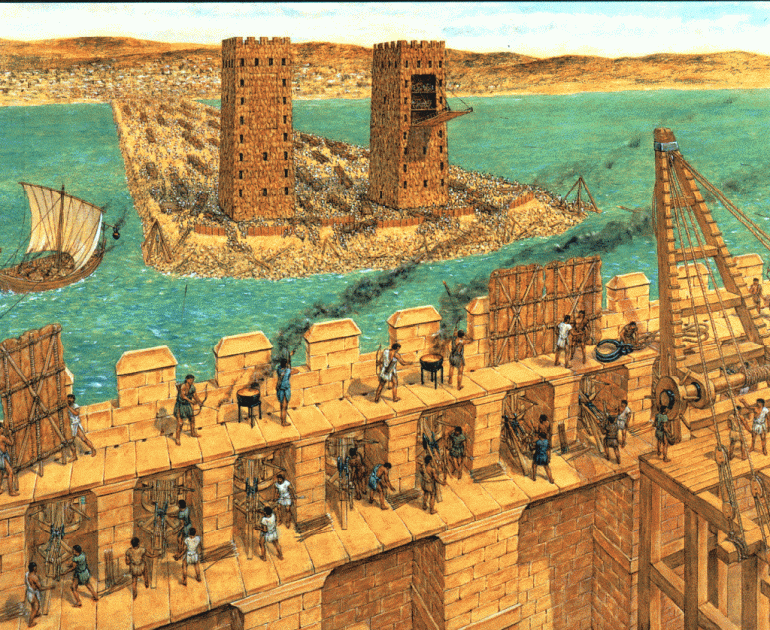
However, the Tyrians refused because it was considered sacrilegious for a foreigner to offer a sacrifice to their god. As a result, a compromise was proposed by King Azemilk to have Alexander conduct the sacrifice in Old Tyre.
Messengers were sent to deliver the proposal, but Alexander the Great was insulted by the offer and had the messengers thrown off his wall (Ancient History Encyclopedia).
This sparked the great Siege of Tyre, which the Tyrians resisted fiercely, battling for a full seven months in 332 B.C., according to Britannica.
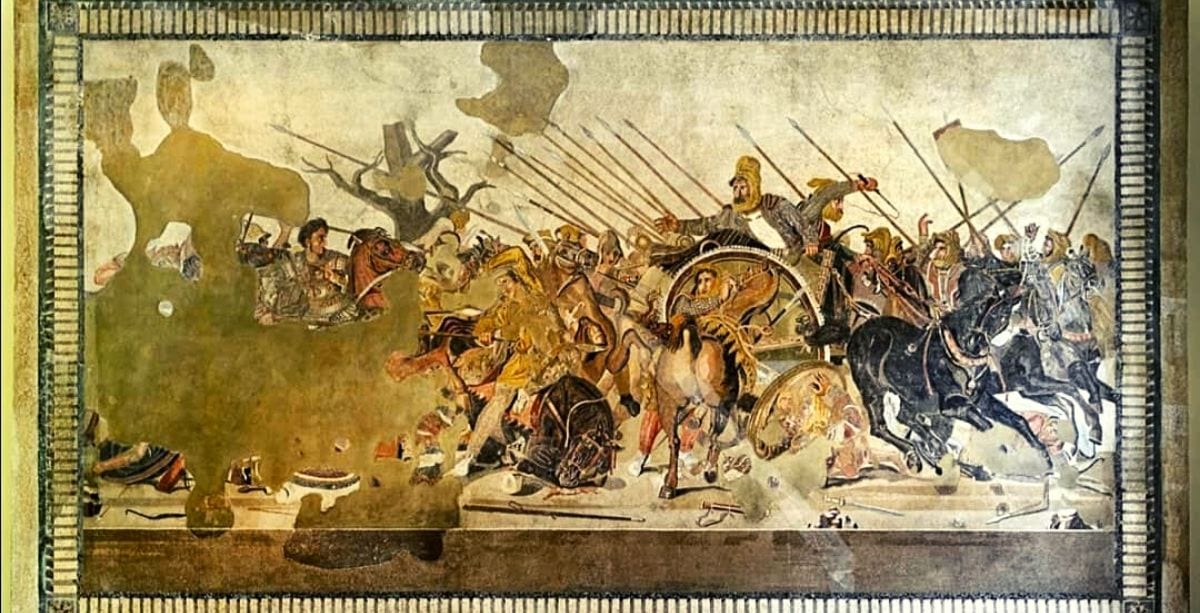
Alexander wanted the city in order to build a causeway to connect it to the island, which still remains to-date, making the once island a peninsula.
As for the Tyrians, 10,000 or so were executed, while around 30,000 were sold into slavery (Britannica).
Roman Rule
After the death of Alexander the Great, Tyre eventually was taken over by the Romans around 64 B.C. after a brief rule under the Hellenistic Seleucid kingdom.
The Romans rebuilt the city after it had been ruined by Alexander’s rival, Antigonus. They implemented new roads, built aqueducts, and erected monuments (Ancient History Encyclopedia).
Such monuments still stand today, like the Hippodrome, which is the largest Roman hippodrome to ever be discovered as per Britannica.
The city itself was prosperous under the Roman rule, until the collapse of the empire. It eventually served as a port city under the Byzantine empire until the 7th century A.D.
According to Lane-Pole in his book “Saladin and The Crusaders”, Tyre fell to Salah Eddine’s conquest by the end of the 12th century. It was hence taken into Muslim control after the era of the Crusaders (Ancient History Encyclopedia).
Present Day
Tyre – or Sour as it is mainly known in Lebanese in its ancient Phoenician name Ṣūr – remains the third-largest city in Lebanon and attracts many visitors annually.
Unfortunately, all of the Phoenician artifacts remain below the present-day city.
However, there are a significant amount of relics from the Arab, Byzantine, and Greco-Roman civilizations, such as the Roman Baths, the remains of a Venetian Cathedral, the Hippodrome, the Necropolis, and the Triumphant Arch, to name a few (UNESCO).
Tyre is an ancient city of great historical importance and not only for Lebanon. It carries a long history of decisive events of the ancient world long before modern society.
Because of this, it is definitely a place that is worthwhile to visit, at least once. The echoes of its past still whisper amongst the streets of Tyre’s present.
Recently, an important piece of its 300 BC’s history was discovered lying dormant in its sea, as we reported a month ago in an interesting article worth reading: Ancient Macedonian Shipwrecks Were Just Found Underwater in Tyre, Lebanon.
Watch: The Siege Of Tyre Between Phoenicians And Alexander The Great.
